REACH OUT: 213-999-8966
DROP A LINE: wedding@acoloredmind.com
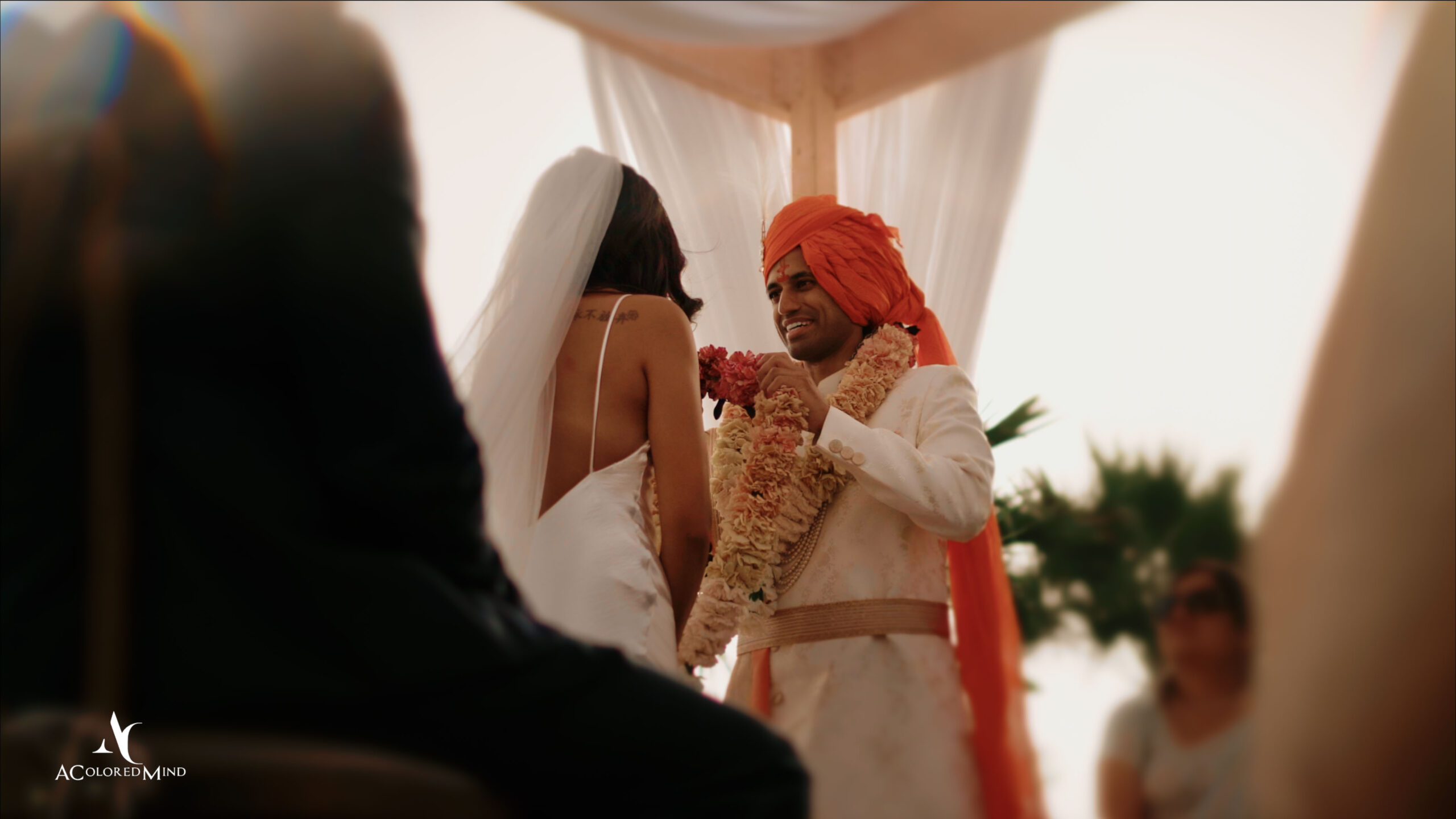
As professional wedding photographers and videographers based in Los Angeles, California, we have the privilege of capturing a diverse array of memorable events. A recent standout was the vibrant, traditional Indian wedding of Audrina and Akshay, which showcased a rich tapestry of Indian cultural customs and Indian wedding traditions.
We’ve helped many brides and grooms orchestrate their wedding films. However, an Indian wedding is much different regarding ceremony size, rituals, and clothing.
It was an eye-opener to how others worldwide celebrate love, and we want to share it with everybody else. Here are Indian weddings explained.

Indian weddings are prominently marriages in Hinduism. According to beliefs in this religion, this bond isn’t only a lifetime but Seven Lifetimes. In their culture, it’s considered a turning point in somebodies life, as they enter the second phase (or ashram) of their life, the Gṛhastha Ashram.

In Hinduism, marriage is an important duty in a man’s life. When getting married, it’s classified as paying his debt to his forefathers. This debt is paid by procreating children and guaranteeing the continuation of his family’s lineage.
Something else that surprised us was the length of these celebrations. Usually, ceremonies are finished within a day. However, at an Indian wedding, these can last between three days and sometimes five.
You might also get invited to any of these days or all. But what makes it exciting for Indian wedding videographers like us is the visual appeal of these events. Below we explain this:
As mentioned, there are three days of celebrations, sometimes five. During these days, several rituals and ceremonies happen during a Hindu wedding.
All are unique and highly cultural. As Indian wedding photographers and videographers, we loved this. Capturing these strong rituals was excellent; it enabled us to learn about the culture and capture it forever.

The procedures and rituals done in a wedding ceremony vary by region and might take numerous hours to complete. However, here’s a basic overview of the types of rituals that might occur at a traditional Indian wedding:
The above is only a basic overview. As mentioned, there are many more rituals and ceremonies that can happen during an Indian wedding, depending on which region the natives are from.
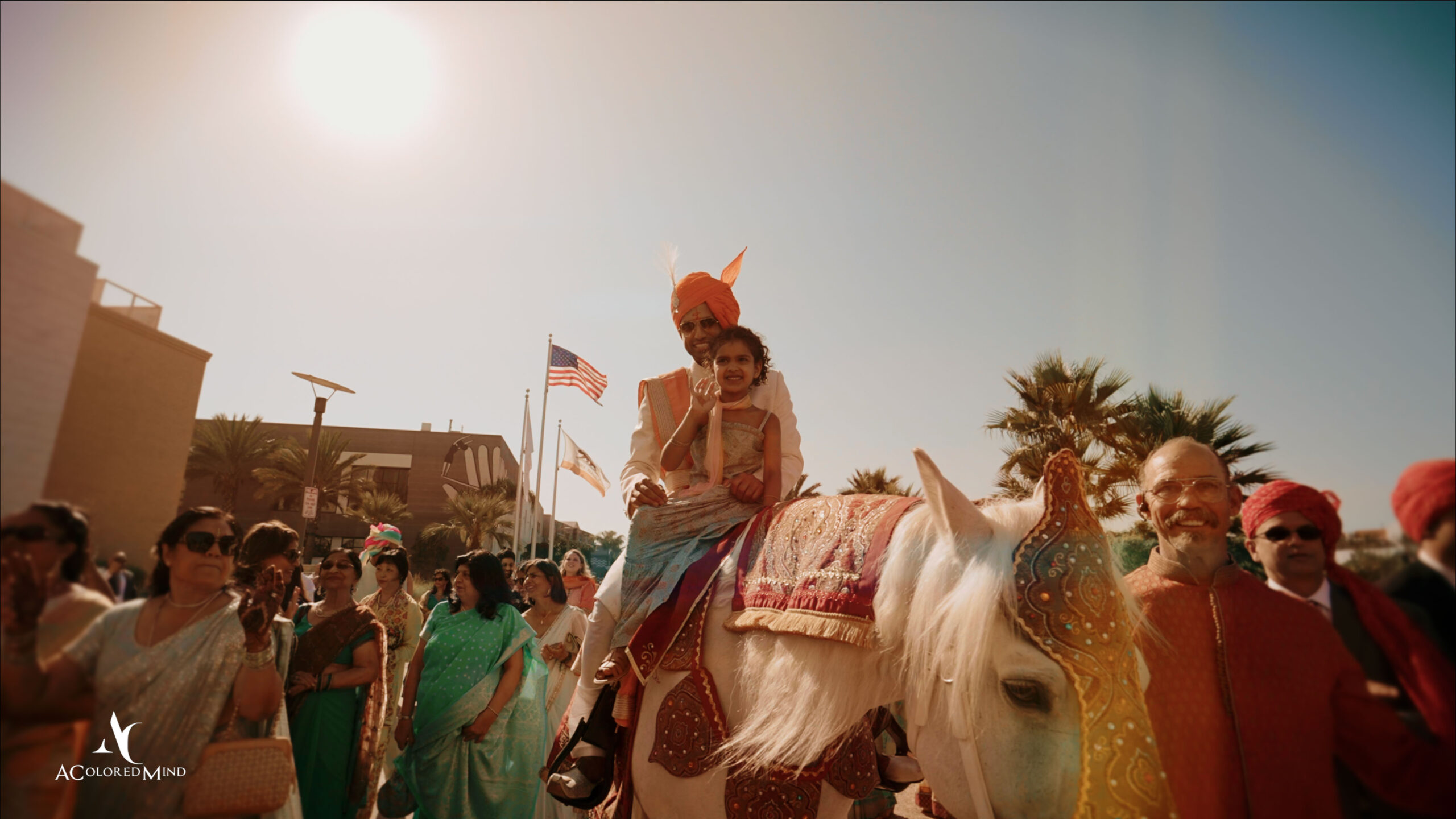
In this tradition, it’s rare to have a small ceremony. It actually goes against some philosophies of the ceremony. The bridal party includes all family, extended relatives, and close friends. Many of their ceremonies and rituals are major parties and celebrations, so having a large number of people makes sense.
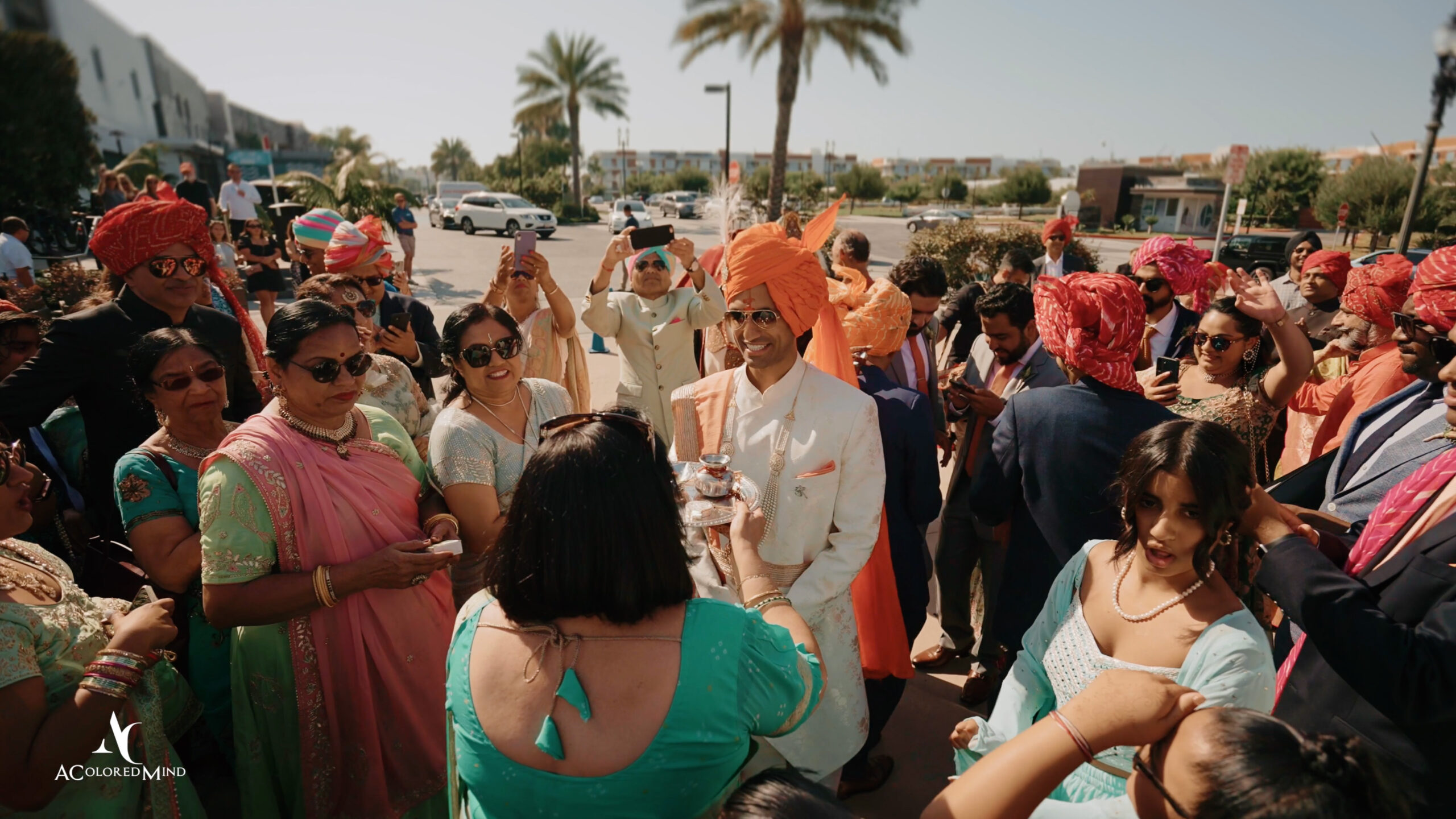
One area that our team found special to capture was the bright, bold colors that the bride, groom, and Indian wedding guest dresses. Across the celebration, there were a lot of vibrant Indian wedding outfit, Indian wedding dresses, Indian wedding saree, kurta pajamas, sherwanis, and eye-catching jewelry.
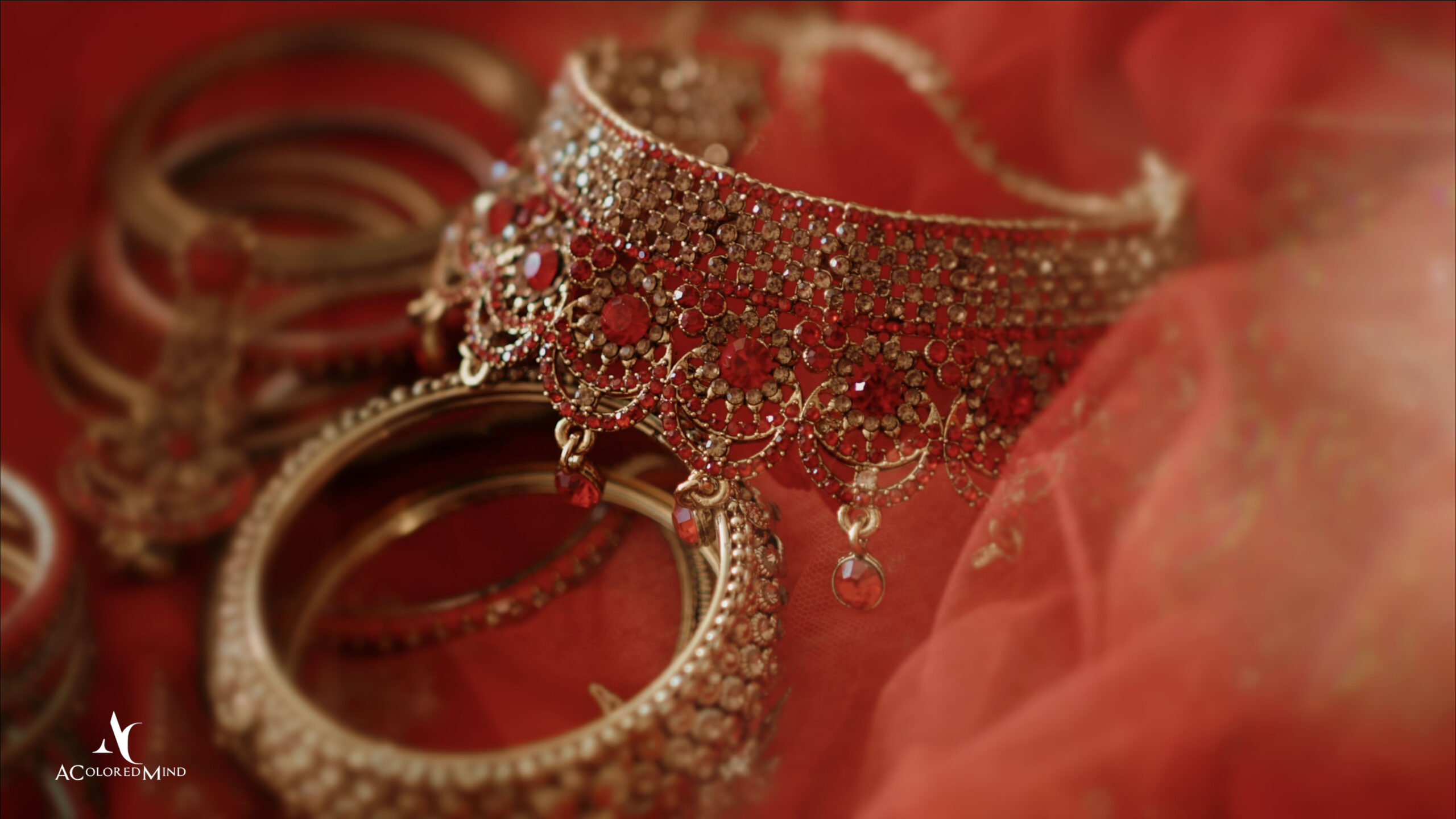
Everybody looked remarkable at the wedding, and all the bright colors and traditional clothing were amazing to capture. This, along with the culture-based decorations, made it an exceptional experience.
Now you understand the concept behind an Indian wedding, we wanted to discuss the recent event we filmed. The wedding was held by Audrina and Akshay, who both have Indian heritage backgrounds. During their wedding, they wanted to hold it at the Paséa Hotel & Spa, Huntington Beach, while maintaining their tradition.

Our job was to be the best Indian wedding videographers and photographers, capturing the event so they could remember it for a lifetime. Our team achieved this by highlighting the traditional Indian wedding rituals, clothing, and ceremonies.
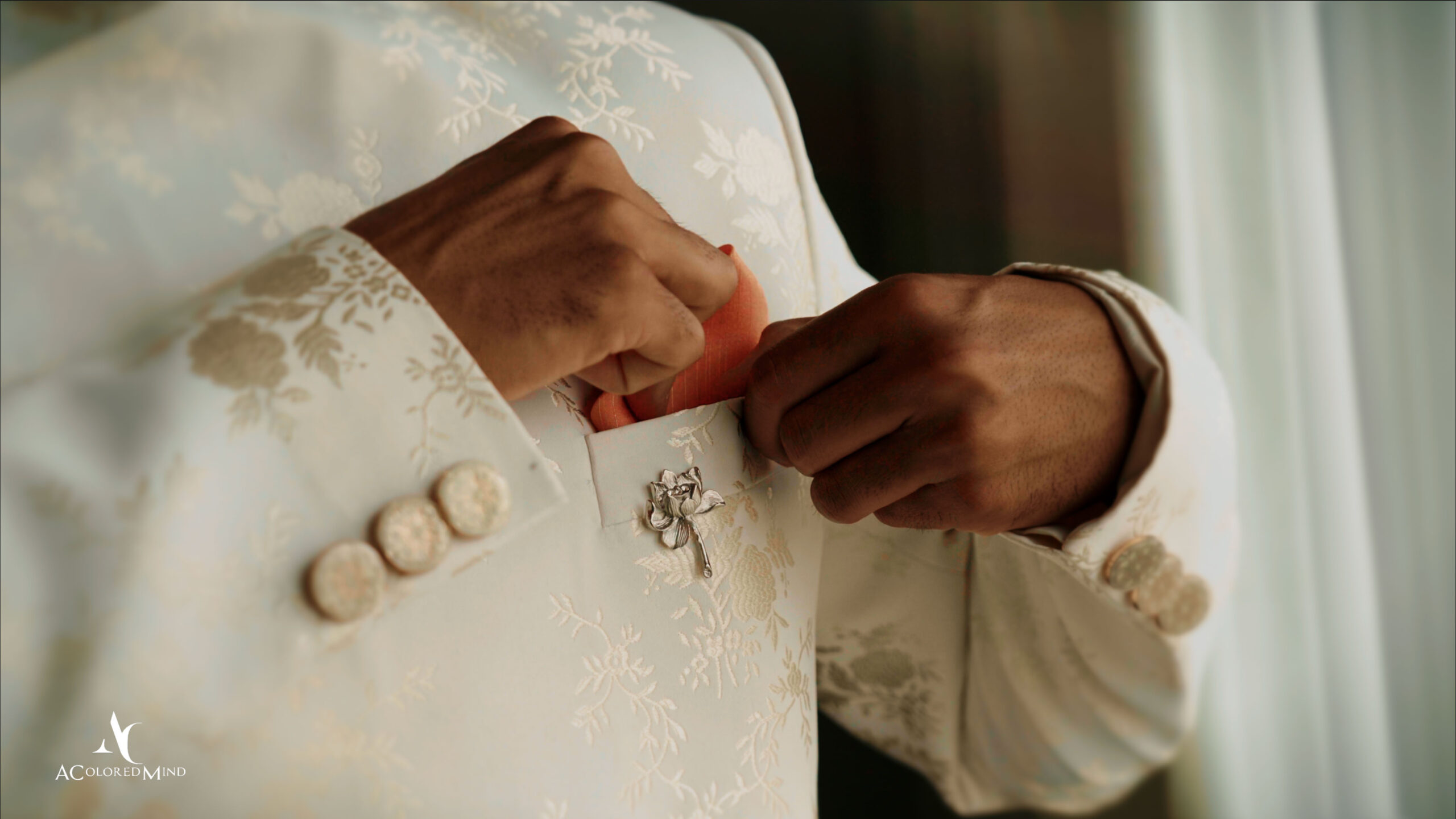
From beginning to end, the wedding celebration was perfect. The guests were electric, the couple was deeply in love, and the venue showcased that true Indian heritage. Capturing all of this and telling a story through video and pictures made this the best Indian wedding videography.
We captured the bride’s Indian saree dress to the groom’s kurta pajamas in full light. While including this in the wedding video, we managed to incorporate various Indian wedding traditions such as the henna and the pre & post-party celebrations.
In addition to the festivities, the dinner featured several impactful speeches that resonated deeply with those in attendance. The atmosphere was truly inspiring, and the sentiments expressed were undeniably poignant. As guests dined, the father of the bride imparted seven words of wisdom: “Yes, dear, you are right, and I’m sorry.” These simple yet profound words carried significant weight and meaning for all present.

A party erupted as the speech finished, and the sun dropped behind the horizon. During this, there was traditional Indian music, which the bride, groom, and guests loved. Everybody was dancing, from children to elders, making the party a special moment to remember.
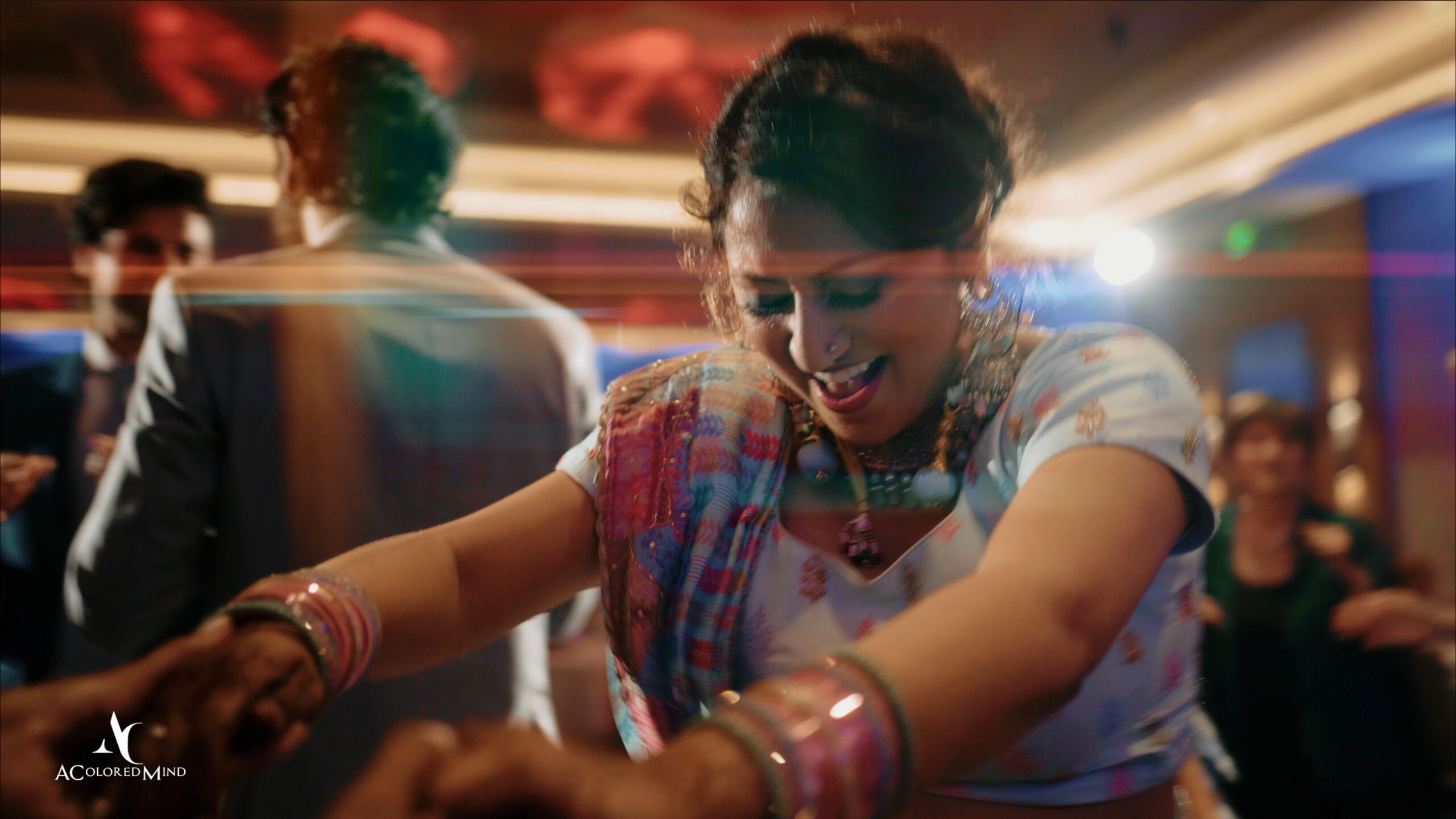
After capturing this traditional Indian wedding, we felt enlightened about the culture. It’s unlike anything else. The different clothing, rituals, ceremonies, and much more, allowed us to understand this wedding style more. Having this opportunity was excellent, and we’re delighted to be given a chance to film such a fantastic event.

Providing our services for this Indian wedding was excellent. We cannot wait until we’re requested to capture another wedding like this. The atmosphere was loving, the environment was traditional, and the people were caring – the perfect combination for a beautiful wedding.
A special thanks to Audrina and Akshay for giving us this opportunity and providing us with a chance to discover the beauty behind Indian weddings. We truly cannot wait until the next one.
If you want us to capture your special wedding to cherish the memory forever, contact a helpful member of A Colored Mind team today.
Planning and event design: SoCal Wedding Consultant
Venue: Paséa Hotel & Spa
Photography: Katie
Cake: Simply Sweet Cakery
DJ: Extreme DJ Service Official
Hair and Makeup: Makeup Artist + Hair Styist LA
Rentals: MTB Event Rentals
Outside Catering: Natraj Restaurants & Catering
Horse: Savannah Rose Carriages
Baraat music: Ocdamia Music Group, LLC